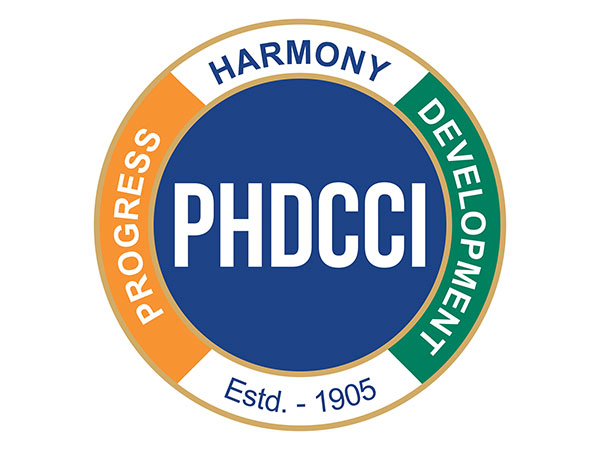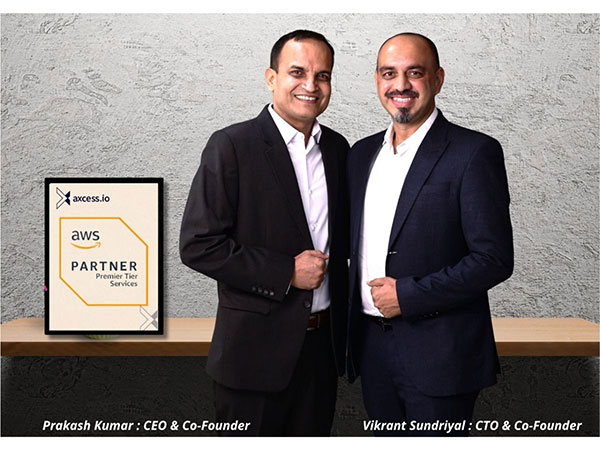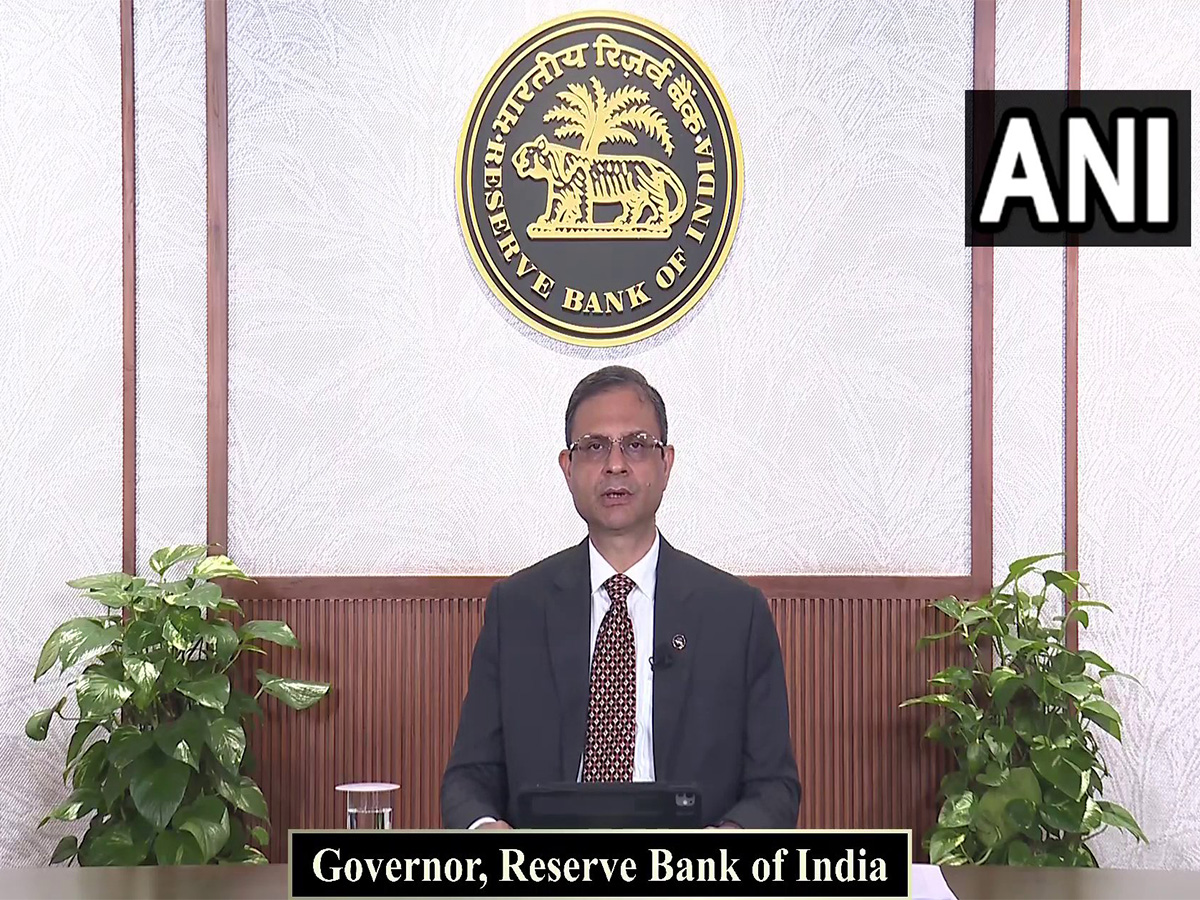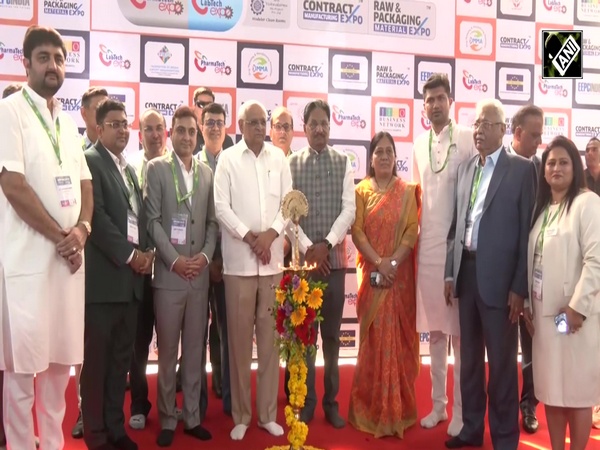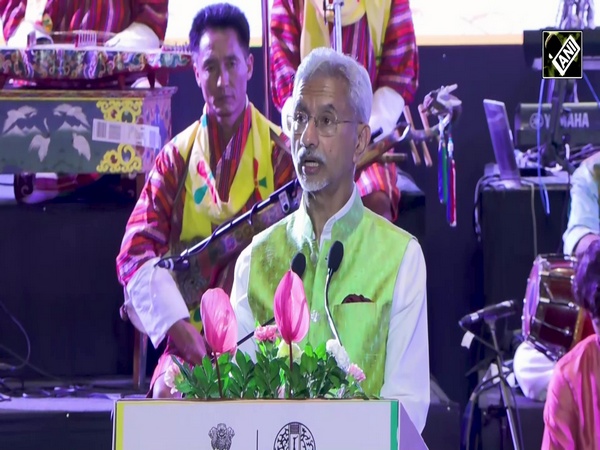Aluminium extrusions and the country's gigantic 500 gigawatts renewable energy target by 2030
Dec 01, 2022

New Delhi [India], December 1 (ANI/PNN): The aluminium economy has been at the forefront as the foundation for energy-efficient industries, communities and economies around the world. The active participation of the aluminium industry to optimize the renewable energy structure, promoting green and low-carbon transformation, as well as maximizing the recycling and re-utilization of aluminium is meeting the challenges of the 21st century.
As a strong, lightweight, and recyclable metal, aluminium with technological improvements and constant innovation, at present, is leading the way towards low-carbon green development. One of the most popular forms of aluminium products is aluminium extrusion, a material essential to human progress in many ways. Its usage is omnipresent and universal. Aluminium extruded products are one of the few raw materials by the virtue of which, the aluminium industry has reinvented itself for achieving the vision of a sustainable future.
In sync with the Glasgow pact, India's intention to reduce its carbon emissions and work towards clean energy with a renewed vigour aims to tackle the most critical challenge of climate change that humanity has ever faced. India is moving towards the target of 50 per cent share of its energy requirements from renewable energy, along with non-fossil energy capacity to 500 gigawatts before 2030, and hence the demand for aluminium extrusion is witnessing a rise.
Aluminium extrusion: Shaping the green future
An increase in the demand for lightweight and durable extruded products in non-fossil-based industries such as solar, wind, hydro, biomass and nuclear to meet the required renewable energy capacity is taking the market of aluminium extrusion to newer heights. The consumption of aluminium is projected to reach 7.2 million tonnes in the coming five years. Globally, the aluminium extrusion market size is estimated to reach 118.7 billion dollars by 2027. In India, the market was valued at 1.3 billion dollars in 2019. And it is expected to reach 2.5 billion dollars by 2027 growing at a CAGR of 8.3% from 2020 to 2027.
Across the globe, India is the fifth-largest producer of Aluminium in the world. With construction and industrial sectors and a greater emphasis on renewable energy sector, the aluminium extrusion industry is all set to play a significant role in the growth of the Indian economy and bring it to the front on a global stage to become a leader of a sustainable world.
The technological innovations and advancements in the aluminium extrusion industry over the last few years have given market players opportunity to realize the industry's growth potential. In India, the aluminium extrusion market is segmented based on products and end-user industries. While the mill-finished, anodized and powder-coated aluminium is based on product, end-users are categorized into building and construction, electrical and electronics, automotive & transportation, and industrial. Aluminium extrusions' wide and multifaceted usage to create a variety of frameworks and structures for instance in solar panels, its supports and connectors are transforming the renewable energy industry in more than one way.
New paradigm replacing the traditional
As green initiatives and pacts rise on the global stage, liner economies are being transformed into circular economies. The 7 R's' of Sustainability -- Reduce, Reuse, Recycle, Redesign, Renew, Repair and Recover is the guideline that refers to the necessary actions aimed at improving the lifetime of the resources through their rational use to generate value repeatedly. Driven by performance and physical characteristics, aluminium has taken a front seat in revolutionizing the renewable energy sector. Due to its strong, malleability, lightweight, durable, resistance to corrosion, non-toxic and endless recyclable nature, this metal is a vital material among leading players across the globe who are continuously evolving its usage to cater to the requirements of the future. From being the most desirable element that meets the 7 R's' of Sustainability to the preferred choice in the hands of architecture, aluminium extruded products are proving to be the game-changer for developing economies like India which is progressively reaching its low carbon economy target before the set deadline.
Leading the renewable energy sector
The physical properties of aluminium, among them, are strength, malleability and low weight, making it a promising element in achieving the vision of a sustainable world. The lightweight and high strength to weight ratio of this metal provide added strength at decreased weight to large structures and constructions. Its high tensile strength and rigidity provide resistance to deformation. The thick layer of aluminium oxide makes aluminium highly resistant to corrosion unlike other metals such as steel and iron. Further, the high corrosion resistance of extruded aluminium will increase the demand in the renewable energy sector exponentially as it also leads to reduced maintenance costs. With the rise in demand for flexible aluminium extruded products, industry players can offer a wide range of products with various shapes and sizes to fasten the efforts towards increased usage of clean energy.
Towards a sustainable world
In conclusion, to develop a path towards clean energy, India must transition towards utilising more aluminium for a clean, cost-effective, and optimized renewable energy network. As the preferred choice for all the clean energy initiatives across the world, the ease of transport along with the economic benefits and the design potential of these products contribute to greater efficiency in renewable power generation. Therefore, as India's circular economy is all set to create an annual value of Rs 14 lakh crore by 2030 and is expected to reach Rs 40 lakh crore by 2050, it is vital to continue the innovations in the field of aluminium extrusion applications to form a solid foundation for the expansion of green power and the attainment of a cleaner, carbon and fossil-free world.
This story is provided by PNN. ANI will not be responsible in any way for the content of this article. (ANI/PNN)
